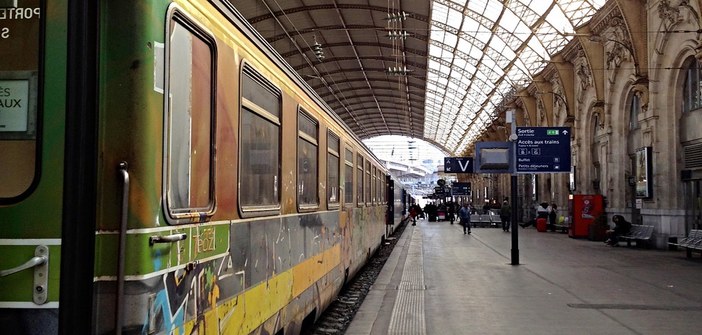“The rail project of the new Provence-Côte d’Azur line (LNPCA) will increase the provision of rail services for the entire Provence-Alpes-Côte d’Azur region and will ultimately form a Mediterranean railway arc, strengthening regional territorial cohesion.
From its first two phases, it will ensure the reduction of congestion in the railway hubs of Marseille, Toulon, Nice, and the Côte d’Azur to meet the daily transport needs of these metropolitan areas, improving the regularity and frequency of train services,” said the official statement. Well, boss, we have been talking about this for so long that it’s almost becoming hard to believe. Each announcement is followed by one that changes everything. Will this be the last one?
In this case, all that remains is to spread our arms and be patient. We’ll see what happens… In 2020 and 2021, SNCF Réseau initiated two complementary phases of consultation.
The first, from November 20 to December 31, 2020, covered these three operations:
• The TER station at Cannes La Bocca; • The La Pauline station; • The Toulon shuttle station west of Toulon.
The second took place from March 1 to April 15. It focused on the following operations: • Bifurcation of the Cannes – Grasse line: methods of implementing the grade separation; • The underground station at Marseille Saint-Charles: intermodality and works; • The northern entrance of the tunnel leading to the underground station at Marseille Saint-Charles at Delorme (Bassens city); • The integration of the eastern entrance of the Parette tunnel; • The 4th track between La Blancarde – La Penne-sur-Huveaune: stations and integration
The steering committee met yesterday under the co-chairmanship of Christophe Mirmand, Prefect of the Provence-Alpes-Côte d’Azur region, and Renaud MUSELIER, President of the Provence-Alpes-Côte d’Azur Region. They agreed on the financing and management arrangements for the project, notably the financing distribution principles for phases 1 and 2. Regarding funding, a grant rate of 20% is expected from the European Union, as the project is part of a priority and structuring corridor of the Trans-European Transport Network (TEN-T).
The State and the concerned local authorities will contribute to the financing of phases 1 and 2 up to 40% of the total amount, which represents a respective contribution of €1,383 million.


